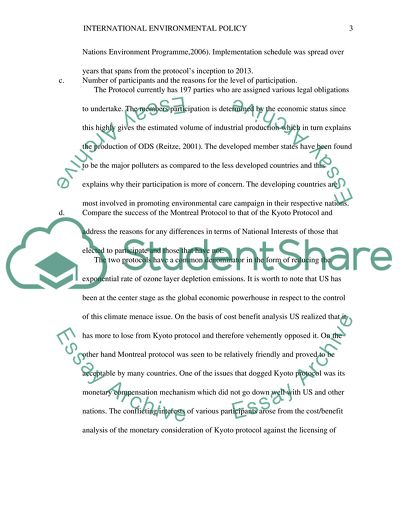Cite this document
(Montreal Protocol, United Nations Convention on the Law of the Sea, Assignment - 1, n.d.)
Montreal Protocol, United Nations Convention on the Law of the Sea, Assignment - 1. https://studentshare.org/environmental-studies/1798462-environmental-policy
Montreal Protocol, United Nations Convention on the Law of the Sea, Assignment - 1. https://studentshare.org/environmental-studies/1798462-environmental-policy
(Montreal Protocol, United Nations Convention on the Law of the Sea, Assignment - 1)
Montreal Protocol, United Nations Convention on the Law of the Sea, Assignment - 1. https://studentshare.org/environmental-studies/1798462-environmental-policy.
Montreal Protocol, United Nations Convention on the Law of the Sea, Assignment - 1. https://studentshare.org/environmental-studies/1798462-environmental-policy.
“Montreal Protocol, United Nations Convention on the Law of the Sea, Assignment - 1”. https://studentshare.org/environmental-studies/1798462-environmental-policy.


